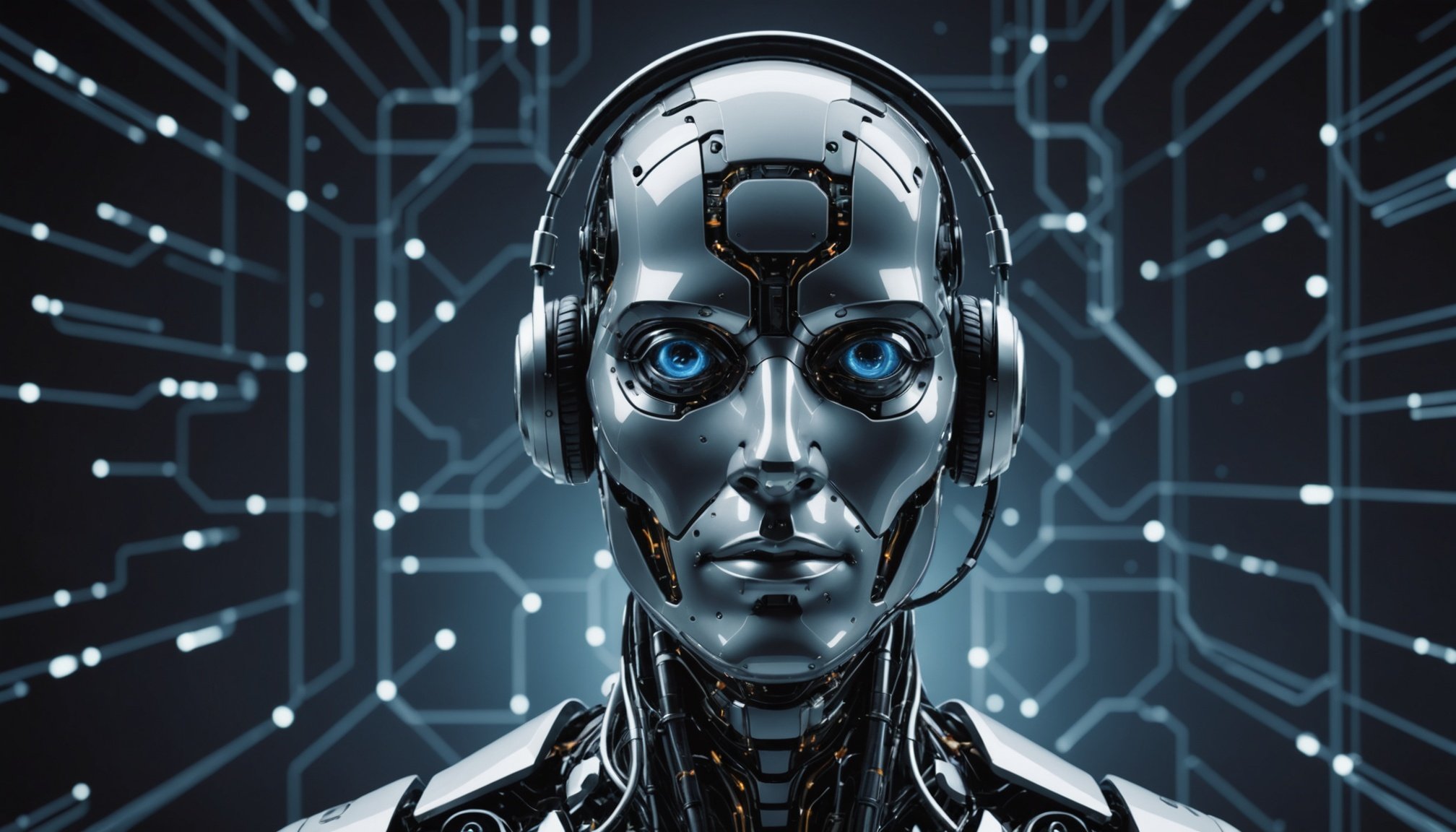Artificial intelligence is no longer just a tool but an active workforce driving business growth. AI employees handle specialized tasks—from customer support to data analysis—operating nonstop and adapting to your brand’s unique needs. By automating routine duties and enabling strategic focus, these digital collaborators transform efficiency and scalability in ways traditional teams can’t match.
Understanding AI Employees and Their Role in Modern Workplaces
ai employees are sophisticated digital workers that perform tasks traditionally handled by humans, utilizing large language models and generative AI. These virtual assistants automate routine activities like customer support, data analysis, and marketing, often working round-the-clock without fatigue.
Topic to read : Simplify time management with mobile-punch for better productivity
Unlike rule-based bots, AI employees learn continuously by analyzing business data, adapting to changing needs, and improving performance. They integrate seamlessly with existing workflows using plug-and-play deployment, making them highly suitable for industries such as healthcare, finance, retail, and logistics. Use cases range from managing inboxes, creating content, to lead generation.
Platforms like Sintra and Motion enable businesses to build or customize ai employees without technical expertise. This automation enhances productivity, increases operational efficiency, and allows human workers to focus on strategic tasks.
Also to read : How to use machine learning to enhance the predictability of financial markets?
Functional Capabilities and Examples of AI Employees in Business Operations
AI workforce integration unlocks sweeping efficiencies in modern business operations, with AI employee roles and responsibilities adapting quickly to evolving digital transformation and workforce needs. AI employees now handle a spectrum of duties, from automating inbox sorting to personalized customer interactions, often surpassing traditional approaches in ai-driven productivity improvements. Platforms like https://marblism.com illustrate this impact, showing how integrating ai workforce integration streamlines customer support, social media scheduling, and lead generation with minimal user intervention.
AI-Driven Tasks in Customer Support and Sales
AI agents functioning as staff respond to queries, resolve complaints, and provide 24/7 support, all while improving employee wellbeing by reducing human workload. Virtual assistants in business operations can analyze conversations in real-time, escalating complex cases while freeing human agents for strategic engagements. This direct benefits of automation in workforce management include instant sales outreach, onboarding new prospects, and maintaining high-quality service across multiple languages.
Content Creation, SEO Optimization, and Marketing Automation
Using ai employee roles and responsibilities for content tasks, businesses can automate article writing, schedule posts, and optimize SEO. Such AI workforce integration empowers small teams to achieve large-scale results rapidly, with ai monitoring employee performance for consistent quality and adapting output to match evolving branding requirements.
Data Analysis, Reporting, and Decision Support Systems
Digital transformation and workforce models now regularly feature ai-driven productivity improvements in analytics. AI employee agents process vast datasets, visualize key metrics, and generate actionable reports, supporting leadership decision-making and fostering agile adjustment to fast-changing market trends.
Implementation, Benefits, and Challenges of Integrating AI Employees
Time and Cost Efficiency, 24/7 Availability, and Enhanced Productivity
AI workforce integration enables organizations to immediately scale up capacity while reducing operational costs. With virtual assistants in business operations, tasks such as scheduling, data entry, and content generation are completed faster and at any hour, regardless of time zone. This continuous availability boosts productivity, as very little downtime interrupts workflows, and repetitive processes are automated. The benefits of automation in workforce management are especially clear in sectors needing rapid responses—customer service, eCommerce, and marketing all see gains from AI-driven productivity improvements.
AI employee roles and responsibilities are highly customizable, allowing every department—HR, sales, even analytics—to delegate routine jobs to digital agents. This flexibility in workforce augmentation with AI makes it easier for senior staff to dedicate energy to strategic decision-making and innovation, further fueling business growth through AI staffing models.
Improving Customer Engagement and Employee Focus on Strategic Tasks
Virtual assistants in business operations take on inbound queries and manage social media engagement in real time, meaning human staff can devote attention to complex problem-solving. Scaling business with AI workforce leads not only to better client satisfaction, but also helps improve employee retention by reducing burnout from repetitive workloads. AI monitoring employee performance provides real-time analytics, enabling better resource allocation and ensuring teams work effectively.
Addressing Challenges such as Ethical Considerations and Workforce Displacement
Despite these advantages, the challenges of integrating AI in workforce settings persist. Ethical considerations of AI in workplace environments are critical, with issues such as data privacy, algorithmic bias, and transparency requiring sustained focus. Organizations must prioritize workforce digital literacy and AI literacy for employees, ensuring smooth transitions—and managing concerns about the impact of AI on job roles and potential displacement. This approach aligns talent development with future of AI in employment trends, promoting harmony in hybrid AI-human teams and supporting workforce reskilling for the AI era.
Future Trends, Ethical Considerations, and Practical Deployment Strategies
AI workforce integration is rapidly shaping the future of employment, shifting the focus toward automation, collaboration, and adaptability. Precision in these transitions, based on the Stanford Question Answering Dataset (SQuAD) method, relies on an immediate analysis of how ai employee roles and responsibilities evolve with new technologies. This evolution extends across virtual assistants in business operations, where scalability and continuous support are fundamental.
Post-Implementation Workforce Reskilling and Cultural Adaptation
Organizations prioritizing digital transformation and workforce adaptation must invest in workforce reskilling for the AI era. As virtual ai agents become team members, continuous training—supported by advanced ai employee training programs—sharpens human-employee skills and encourages seamless ai employee collaboration with humans. Success metrics for ai in workforce hinge on combining AI-driven productivity improvements with thoughtful change management, alleviating the impact of ai on job roles.
Ethical Use of AI in Employee Monitoring and Decision-Making
Balancing productivity with responsibility is essential. The use of ai monitoring employee performance or analyzing ai employee performance data demands clear guidelines to ensure employee data privacy with ai tools and ethical considerations of ai in workplace. AI employee collaboration with humans only works effectively when workforce augmentation with ai preserves transparency and fairness, particularly in feedback loops for ai workforce optimization.
Technology Integration Platforms and Scalability for Business Growth
Scalable business growth comes from embracing ai employee role customization and the best practices for ai employee integration. Leveraging platforms like Sintra AI and marblism.com, businesses streamline operations with virtual employee ai applications, enabling real-time workforce monitoring through ai and remote ai employee management across global teams. Robust ai workforce management software simplifies challenges of integrating ai in workforce settings and supports diverse, hybrid, or virtual teams and ai employees.











